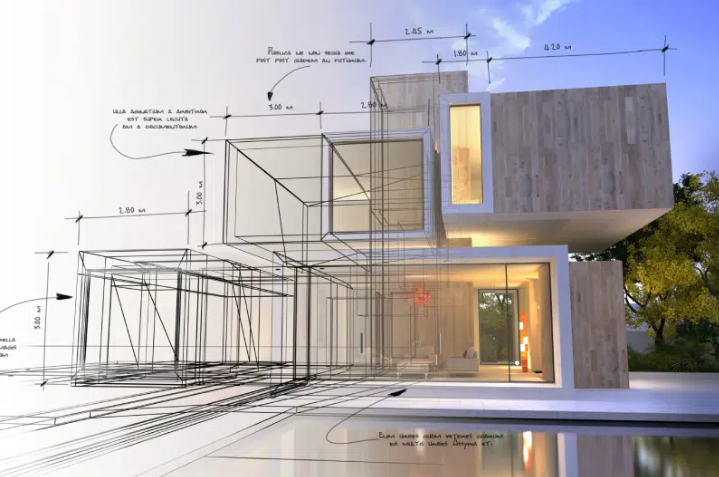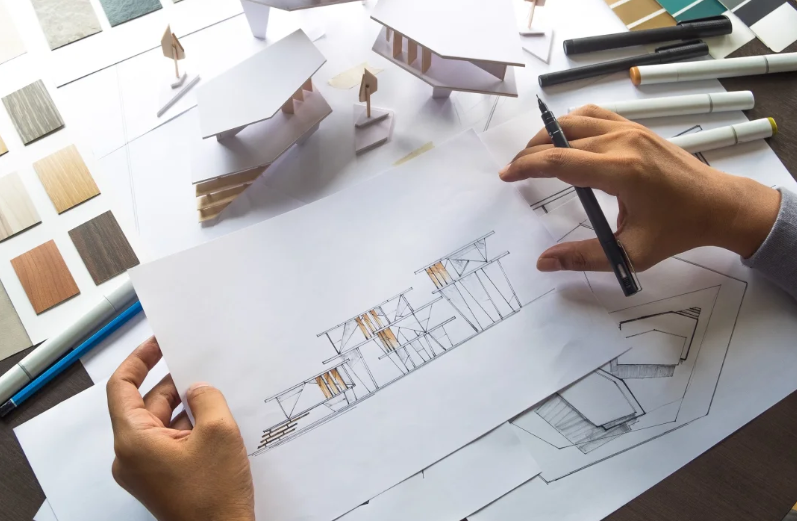Exploring the Benefits of Bypass Doors for Modern Home Design
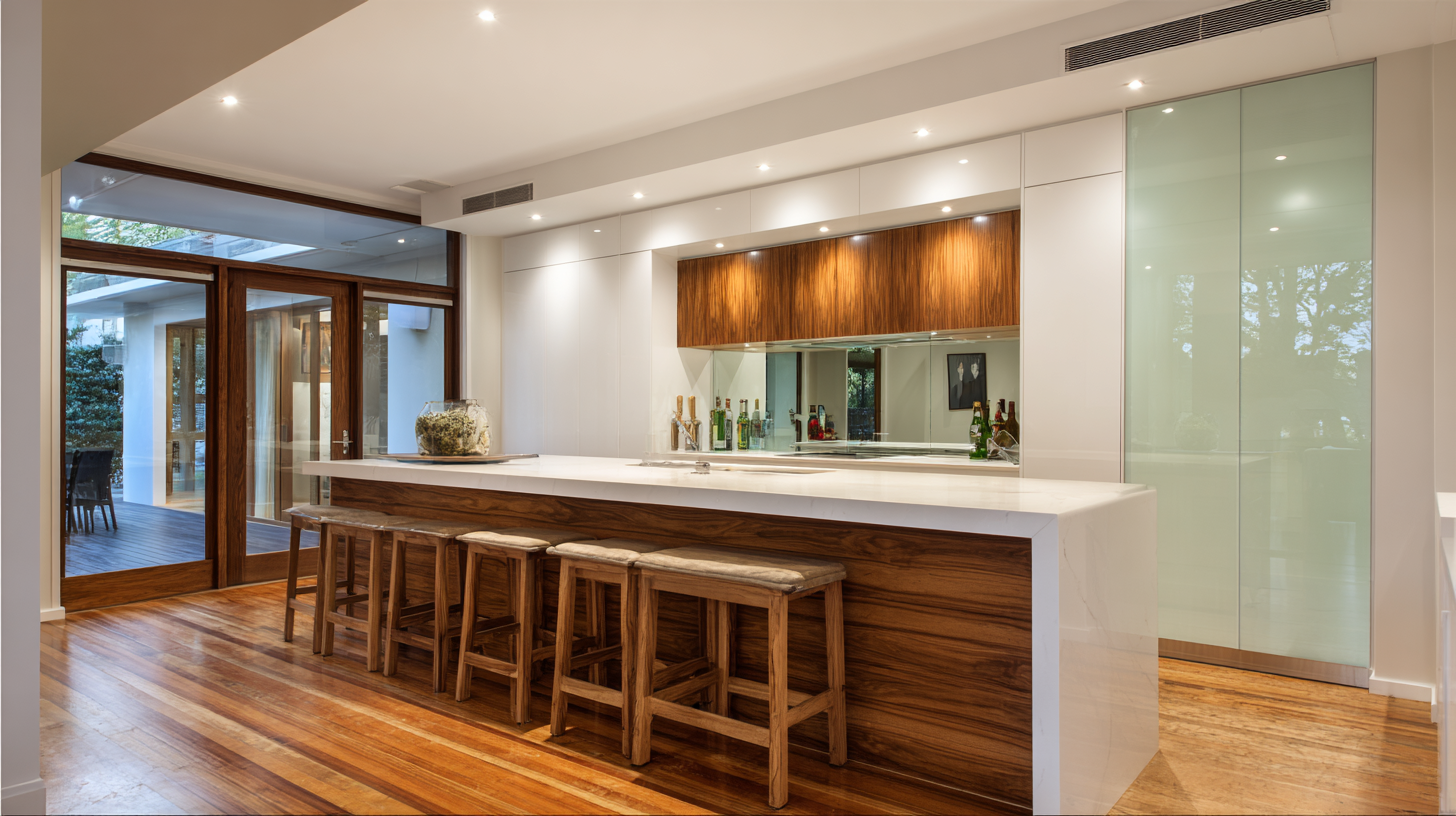 The incorporation of bypass doors into modern home design is revolutionizing the way spaces are utilized and perceived. According to a recent report by the American Institute of Architects, 75% of architects noted an increasing demand for space-saving solutions in residential designs, highlighting the significant role bypass doors play in maximizing functionality without compromising aesthetics.
The incorporation of bypass doors into modern home design is revolutionizing the way spaces are utilized and perceived. According to a recent report by the American Institute of Architects, 75% of architects noted an increasing demand for space-saving solutions in residential designs, highlighting the significant role bypass doors play in maximizing functionality without compromising aesthetics.
Bypass doors, known for their ability to glide smoothly along a track, offer versatile applications in both small and large areas, making them ideal for closets, laundry rooms, and even as room dividers. This innovative design not only enhances the flow of natural light but also contributes to the seamless integration of spaces, as evidenced by a study from the National Association of Home Builders, which found that homes featuring such architectural elements have seen a 20% increase in perceived value.
As homeowners seek both practicality and elegance in their living spaces, bypass doors emerge as a compelling option, marrying form and function in modern home environments.
Understanding Bypass Doors: An Essential Guide for Homeowners
Bypass doors have become increasingly popular in modern home design, offering a stylish solution for maximizing space and enhancing aesthetic appeal. According to a report from the National Kitchen and Bath Association (NKBA), over 60% of homeowners prioritize functionality combined with style when choosing interior doors. Bypass doors, which slide along a track and require minimal space to operate, provide an efficient alternative to traditional swinging doors. This sliding mechanism is particularly beneficial in smaller rooms or areas where space constraints are a concern.
In addition to their space-saving advantages, bypass doors contribute significantly to the modern design ethos of flexibility and streamlined aesthetics. The American Institute of Architects (AIA) notes that incorporating versatile elements like bypass doors can enhance the overall flow of a home, allowing for openness without sacrificing privacy. Furthermore, bypass doors can be customized in various materials and finishes, aligning with individual design preferences. As reported by the Home Remodeling Association, homes featuring contemporary door designs, including bypass options, can see a value increase of up to 15%, demonstrating their appeal not just in function but also in enhancing property value.
Design Versatility: How Bypass Doors Enhance Modern Interiors
Bypass doors offer a unique solution for modern interiors, combining functionality with design versatility. Their sliding mechanism allows for efficient use of space, making them an ideal choice for areas where traditional doors may be cumbersome. This is especially valuable in smaller rooms, where maintaining open space is essential for a comfortable atmosphere. With an array of styles available, including sleek contemporary designs and more traditional looks, bypass doors can complement various interior design themes, adding a touch of elegance without sacrificing practicality.
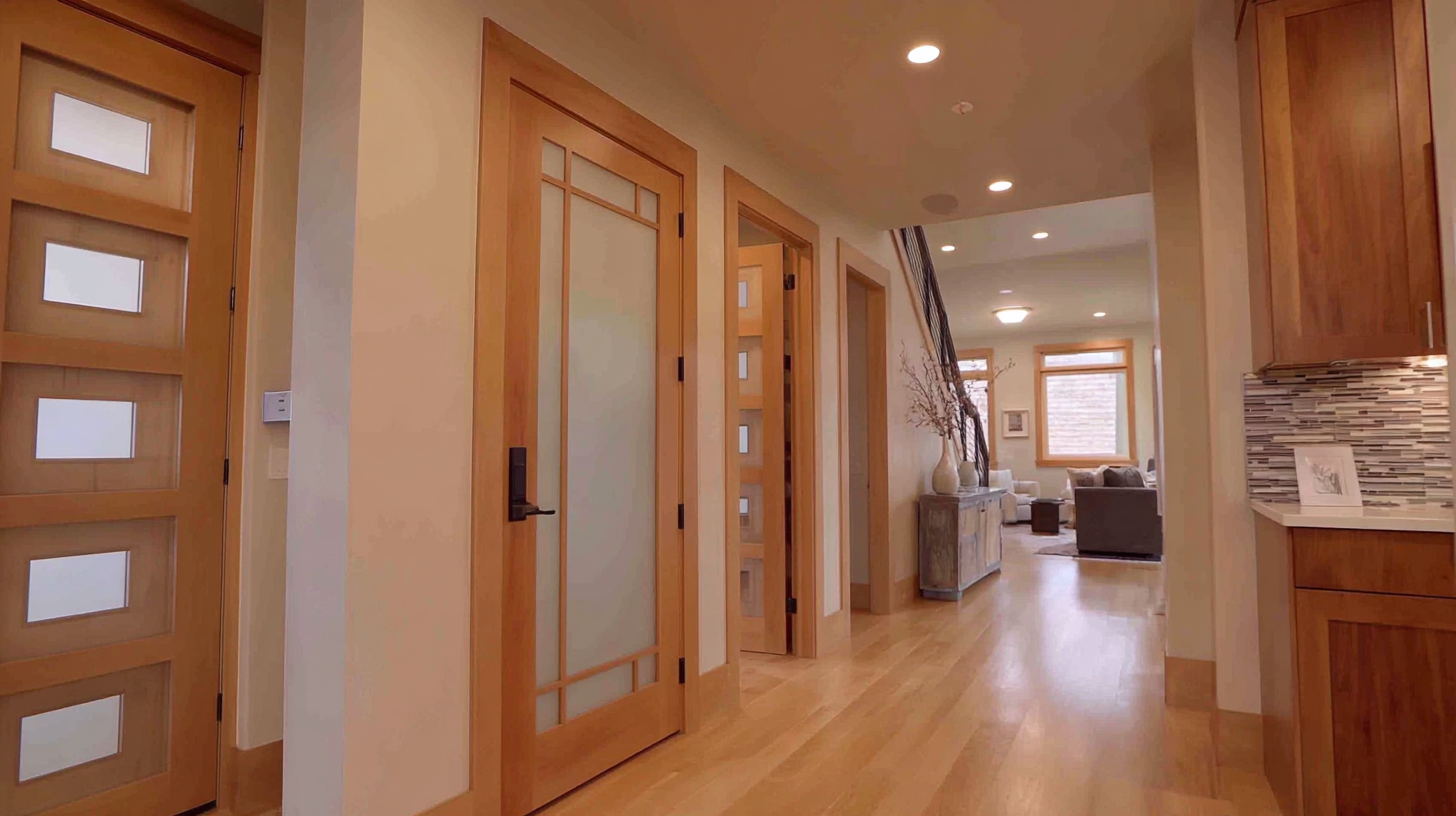
Furthermore, the rapid evolution of materials for bypass doors means homeowners can choose from options that enhance natural light and create an inviting ambiance. Innovations in sliding door technology are making these features more reliable and visually appealing, aligning them with the demands of modern lifestyles. As trends shift, bypass doors are emerging as a stylish alternative to conventional solutions, offering both aesthetic appeal and improved functionality for today's discerning homeowners.
Maximizing Space: The Functional Advantages of Bypass Doors
Bypass doors have emerged as a popular choice in modern home design, primarily due to their ability to maximize space while providing functional advantages. According to a report by the American Institute of Architects, 70% of homeowners prioritize space efficiency when designing their living areas. Bypass doors, which slide along a track and do not swing open like traditional doors, help to conserve floor space. This is especially beneficial in smaller rooms or areas where clearance is limited, allowing for a more open and accessible layout.
When integrating bypass doors into your home, consider the following tips: First, select doors that complement your interior style, whether it be contemporary, rustic, or minimalist. This helps in maintaining a cohesive look throughout your home. Second, opt for high-quality tracks and rollers, as these components significantly impact the durability and ease of use of the doors. Reports indicate that well-installed bypass doors can serve homeowners for an average of 20 years, making them a wise investment in both aesthetics and functionality.
Additionally, bypass doors can enhance natural light in a space. When the doors are open, they can create a larger opening than traditional hinged doors, helping to facilitate airflow and light flow between rooms. By choosing frosted glass or lighter materials for your bypass doors, you can further amplify light without sacrificing privacy.
Benefits of Bypass Doors in Modern Home Design
This chart illustrates the functional advantages of bypass doors, including space efficiency, aesthetic appeal, accessibility, and versatility.
Choosing the Right Materials for Durable Bypass Doors
When selecting materials for durable bypass doors, it is essential to consider both functionality and aesthetics. One popular choice is solid wood, which not only provides a classic look but also offers strength and resilience. High-quality hardwoods such as oak, maple, or cherry can withstand daily wear and tear, making them ideal for high-traffic areas. Additionally, wood can be easily customized with stains or paints to match any home decor.
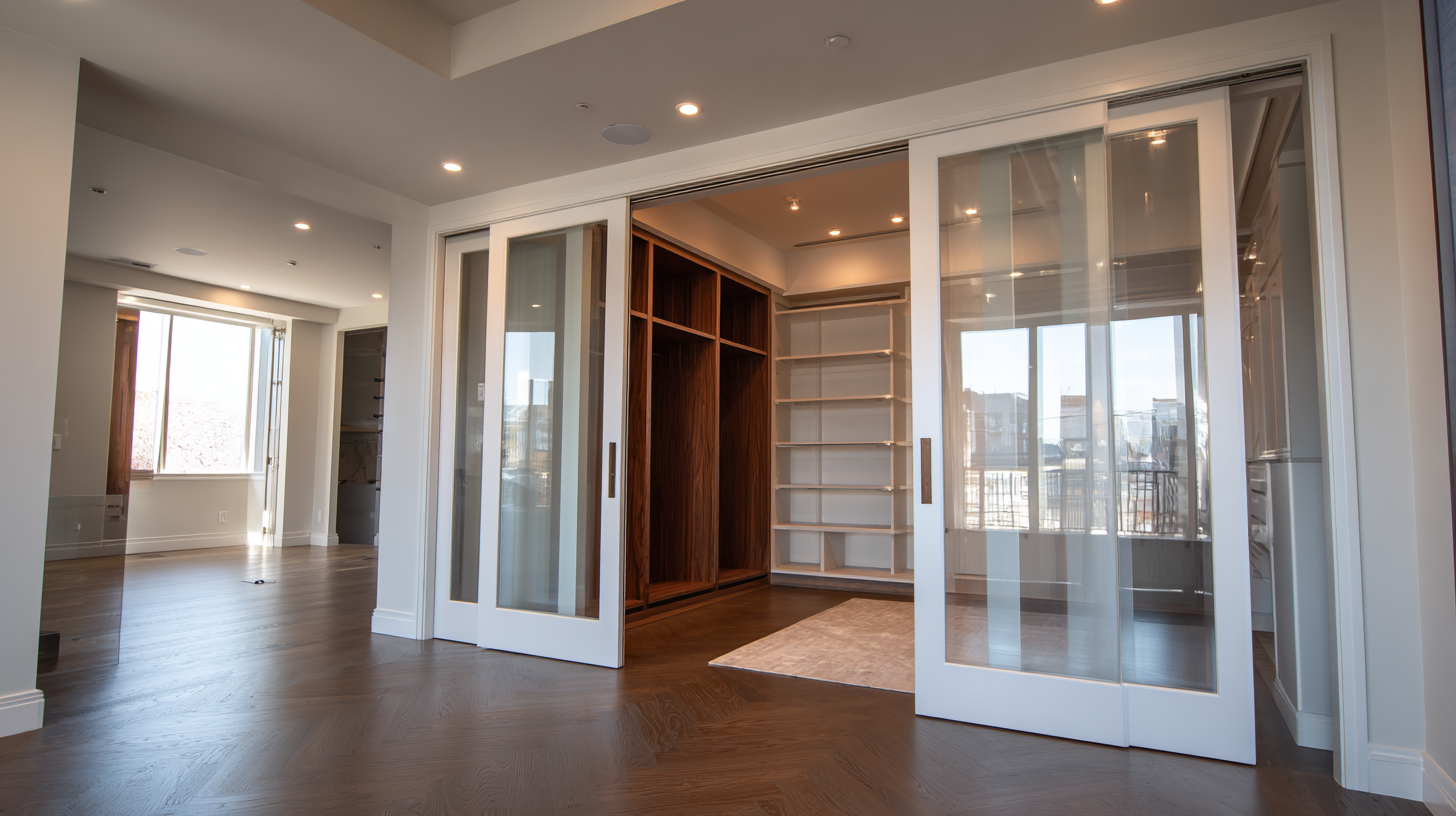
Another excellent option is engineered wood, particularly medium-density fiberboard (MDF). MDF is an economical alternative that resists warping and is less prone to splitting compared to solid wood. It also provides a smooth surface for painting, allowing homeowners to achieve a sleek, modern appearance. For those seeking a more contemporary touch, glass or metal bypass doors can be considered. These materials not only add a sophisticated element but are also resistant to moisture and easy to maintain, making them suitable for various environments in a modern home.
Installation Tips and Best Practices for Bypass Doors in Home Design
Bypass doors have emerged as a stylish and functional addition to modern home design, offering both aesthetic appeal and practical benefits. These sliding doors save valuable floor space and provide a seamless transition between rooms, making them an excellent choice for areas where traditional swinging doors may be cumbersome. When installing bypass doors, it's essential to consider the measurements carefully to ensure a perfect fit; miscalculated dimensions can lead to operational issues and affect the overall visual harmony of the space.
To ensure a successful installation, it's advisable to begin with a solid frame that provides stability. For best practices, secure the rail system at the correct height for smooth operation, and use high-quality sliders to minimize noise. Additionally, consider the positioning of the doors in relation to existing decor and lighting—this can enhance not only the functionality but also the aesthetic of the room. Integrating bypass doors with clever hiding solutions for televisions or organizing systems can further elevate the sophistication of your home, marrying form with function seamlessly.
Exploring the Benefits of Bypass Doors for Modern Home Design
| Benefit | Description | Best Practice |
|---|---|---|
| Space Saving | Bypass doors slide along tracks, reducing the space required for the door to swing open. | Ensure proper measurements are taken to leave enough wall space for smooth operation. |
| Aesthetic Appeal | Available in various styles and finishes, they can enhance the decor of a room. | Choose designs that complement the overall decor of your home. |
| Flexibility | Can be used in various applications like closets, bathrooms, and room dividers. | Consider the intended use of the space when selecting the bypass door type. |
| Easy Access | Provide wide openings and easy access to adjacent rooms or spaces. | Install doors that are sufficiently wide to ensure comfortable access. |
| Cost-Effectiveness | Bypass doors can be a more budget-friendly option compared to traditional hinged doors. | Get multiple quotes from suppliers to ensure competitive pricing. |
Related Posts
-

7 Best Barn Style Doors Transforming Your Space with Unique Aesthetics and Durability
-

Ultimate Checklist for Choosing the Perfect Accordion Doors for Your Business Needs
-

How to Choose the Perfect Interior Sliding Doors for Your Home Makeover
-
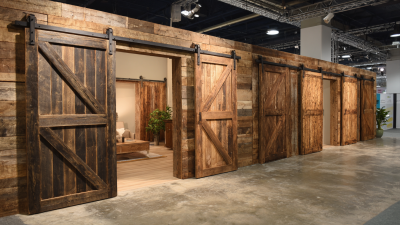
Exploring Trends in Indoor Barn Doors at the 2025 China Import and Export Fair
-

Transform Your Space: The Ultimate Guide to Stylish Folding Barn Door Designs and Installation
-

Ultimate Checklist for Choosing the Perfect Interior Sliding Glass Doors for Your Space


